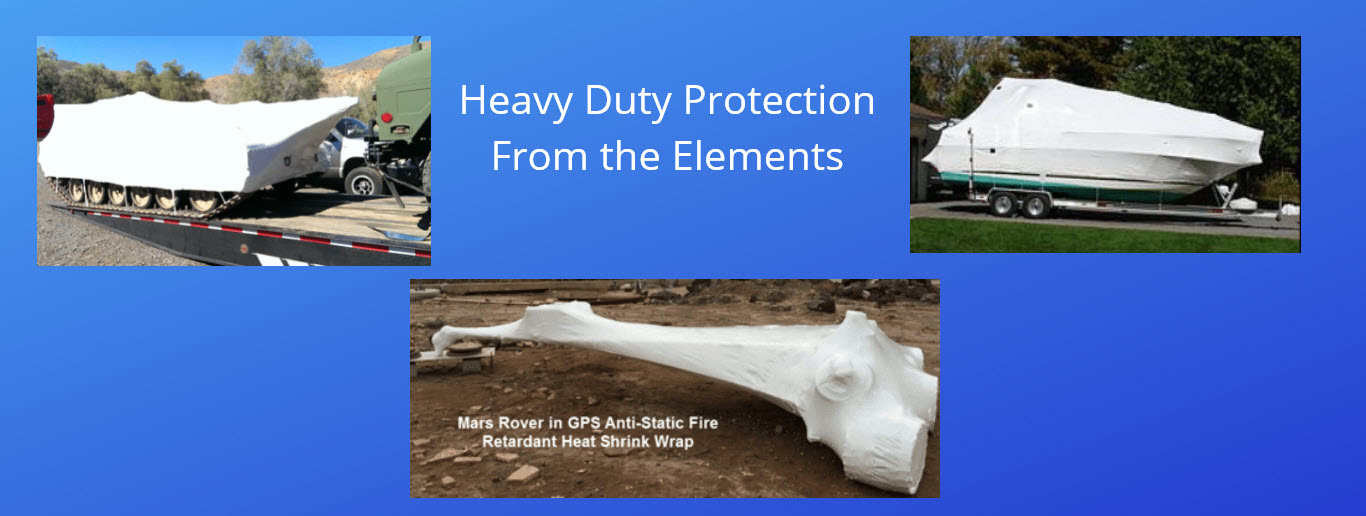We humans are all about control, especially when it comes to protecting things. That's where containment comes in – essentially, it's the act of enclosing an area or object to isolate it from its surroundings. But why all the fuss? Containment serves various purposes, making it a crucial player in many fields.

What are the different types of containment?
Containment comes in many forms, depending on the purpose and level of security needed. Some common types include:
- Physical barriers: Walls, fences, doors, and gates physically separate areas.
- Containers and vessels: Boxes, tanks, tubes, and bags hold objects securely.
- Wrappings and coverings: Plastic wrap, bubble wrap, and heat shrink wrap create a protective layer around items.
- Environmental controls: Clean rooms, greenhouses, and freezers maintain specific conditions.
Think of it this way:
- Safety first: Imagine hazardous materials in a lab. We contain them in fume hoods to prevent harmful exposure. Or picture a construction site – debris containment protects pedestrians from falling objects. Safety first, always!
- Maintaining conditions: Ever heard of a sterile room? Containment keeps out contaminants, ensuring a clean and controlled environment for medical procedures or sensitive equipment.
- Preserving integrity: Whether it's a rare artifact in a museum or a delicious treat in your freezer, containment shields them from damaging elements, like dust or fluctuating temperatures.
The toolbox of containment is vast:
- Walls and barriers: From brick walls to chain-link fences, these physically separate areas. Think fortresses for your precious stuff!
- Containers and vessels: From test tubes to shipping containers, these hold objects securely, keeping them safe and organized.
- Wrappings and coverings: Think plastic wrap in the kitchen or bubble wrap for shipping. These create a protective barrier around individual items.
And then there's the heat shrink wrap hero:
This versatile film shrinks under heat, conforming tightly to objects, creating a secure, weatherproof seal. Think:
- Protecting boats and equipment during storage or transport.
- Bundling and securing items for shipping.
-
Creating temporary enclosures for construction or disaster relief.
Understanding Containment: Essential Solutions for Various Applications
Containment plays a crucial role in various industries and settings, ensuring safety, protection, and environmental compliance. Let's explore its significance through different examples and considerations.
Secondary Liners: Secondary liners, like Smooth HDPE, Reinforced Polypropylene, and Textured HDPE, are used in waste landfills, tank liners, and other environmental protection applications. They prevent hazardous substances from seeping into the ground, safeguarding soil and water quality.
Room Dividers: In hospitals, room dividers create privacy and separate areas for patient care. They enhance infection control measures by limiting the spread of airborne particles and maintaining sterile environments, crucial for patient recovery and safety.
Boats and Military Equipment: Containment in boats and military equipment ensures safety during transportation and storage. By preventing leaks or spills of fuel, oil, or other hazardous materials, it protects both personnel and the environment, especially in marine and combat scenarios.
Spill Containment Berms: Spill containment berms are essential for managing accidental spills in industrial settings. They confine hazardous liquids, preventing them from spreading and causing environmental damage. Choosing the right material and size is crucial for effective containment.
Fumigation Tarps: Fumigation tarps provide containment during pest control treatments. They seal off the area being treated, ensuring that fumigants remain confined to the target space, protecting nearby environments and occupants from exposure.
Fuel Tanks: Containment solutions for fuel tanks prevent leaks and spills, maintaining the integrity of fuel storage systems. Whether in industrial facilities or vehicles, proper containment ensures compliance with safety regulations and minimizes environmental risks.
Portable Secondary Containment Berms: Used for equipment and vehicle maintenance, portable berms provide on-the-go containment solutions. They capture leaks or spills during refueling, maintenance, or storage, preventing pollutants from reaching the ground and water sources.
Key Considerations:
- Material Selection: Choose liners, tarps, or berms made from durable, chemical-resistant materials suitable for specific applications.
- Size and Capacity: Ensure containment solutions are appropriately sized to accommodate potential spills or leaks.
- Compliance: Adhere to regulatory standards and guidelines governing containment to avoid fines and environmental damage.
- Maintenance: Regular inspection and maintenance of containment systems ensure effectiveness and longevity.
The key takeaway? Containment is like an invisible bodyguard, keeping things safe, sound, and in their rightful place. Whether it's a physical barrier or a heat-activated hug, containment plays a vital role in various industries, ensuring safety, quality, and efficiency. So next time you see something enclosed, remember the silent hero doing its job – containment!

